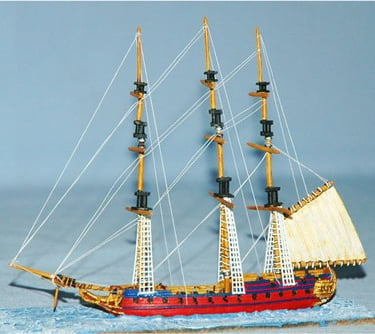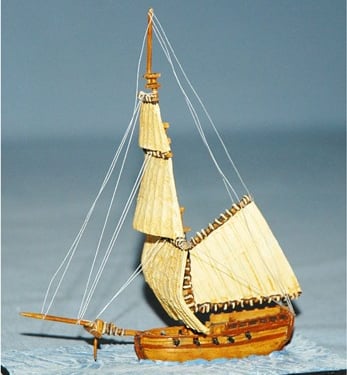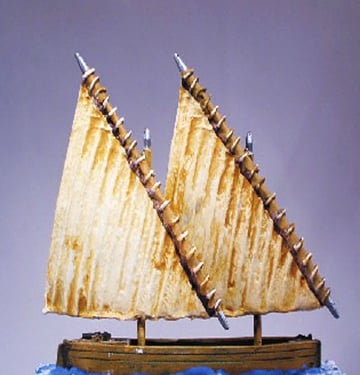Naval actions in the War of 1812, No.2: The fight between the Constitution and the Guérierre
In the annals of naval warfare, there are moments that etch themselves into history, defining the prowess and determination of seafaring nations. One such defining chapter unfolded on August 19, 1812, when the USS Constitution, under the command of Commodore Isaac Hull, engaged in a legendary battle with HMS Guerrière. This maritime clash not only tested the mettle of American seamanship but also marked a turning point in naval history, showcasing the resilience and strategic brilliance of the young United States Navy. Join us as we delve into the riveting details of this historic encounter, exploring the manoeuvres tactics, and the indomitable spirit that led to the triumph of the USS Constitution over the formidable HMS Guerrière.
Richard Bird
2/13/20247 min read
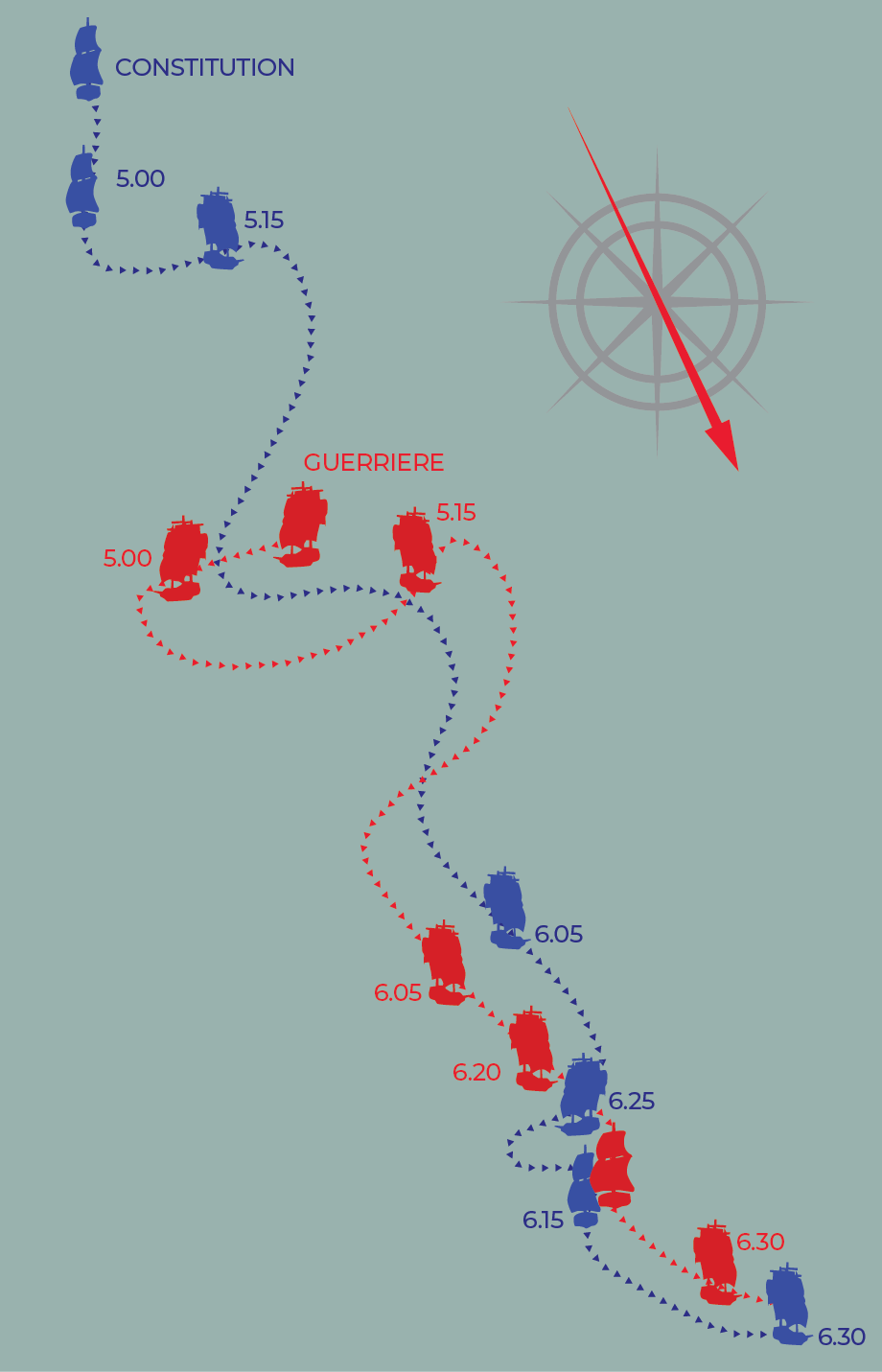

American naval prowess in 1812
Before the encounter between the Constitution and the Guerrière in 1812, the British had not truly tested the seamanship or naval prowess of the Americans in battle. Apart from the engagements involving the Bonhomme Richard and the Serapis, the Ranger and Drake, and the Yarmouth and Randolph, the Revolutionary War of 1776 had largely thwarted invasion attempts.
On August 19, 1812, the day commenced with light breezes, gradually strengthening as the morning progressed. The Constitution sailed southward through the rolling seas. A month prior, under Commodore Hull's command, the ship had impressively escaped Broke's squadron after a pursuit lasting over sixty hours. The cruise from Boston, two weeks earlier, had been uneventful, with fruitless searches for a worthy foe from Cape Sable to Halifax and Nova Scotia to the Gulf of St. Lawrence.
The pursuit begins: August 19, 1812
Approaching two o'clock, the ship found itself at latitude 41° 40´ and longitude 55° 48´. Suddenly, a cry of "Sail ho!" from the masthead animated the crew, prompting the officer on the quarter-deck to halt and inquire, "Where away?" The distant speck, visible from the lower rigging and later from the upper deck, bore E.S.E.
Upon hearing the report, Commodore Hull emerged from his cabin. Despite being a large, composed man, his excitement was evident as he observed the distant vessel. The Constitution altered its course, setting light sails and running freely with kites flying. The chase, gradually becoming clearer, revealed a large ship on the starboard tack, close-hauled and under easy sail. Ports were discernible through the glass within half an hour, sparking satisfaction among the crew. In his official account, Hull praised his crew, noting, "It gives me great pleasure to say that from the smallest boy in the ship to the oldest seaman not a look of fear was seen." The Constitution closed the gap on the oblivious stranger, steadily gaining ground.
Closing in: manoeuvres and tensions
When the distance between them closed to three miles with the windward advantage, Hull ordered the sails shortened and the decks cleared. The drum signalled quarters, and the crew swiftly assumed their positions. They were a crew unmatched in readiness, prepared to defend any cause or country. Despite many having no prior combat experience, they had been rigorously drilled in handling the cumbersome iron guns, timing their shots with the rhythm of the sea, and aiming to disable their opponent with each blast. Their loyalty to their commander, pride in their ship, and a desire to avenge the injustices many had faced fueled their determination.
As Hull reduced sail, the stranger backed her main topsail yard and gradually came up into the wind, revealing her crew also at quarters. Hull hoisted his flag, met by the unfurling of the red cross of old England from every masthead of the awaiting ship. As the afternoon progressed, the breeze strengthened, and white caps danced on the waves. The crew of the Constitution erupted into cheers as their venerable vessel closed in on the enemy. Just before reaching firing range, the English ship unleashed her broadside, then manoeuvred, firing another broadside on the opposite tack, but the shots fell short, and the Constitution held its fire, its crew restless with anticipation.
For three-quarters of an hour, the two ships manoeuvred, attempting to gain an advantage without being vulnerable to attack. The occasional shot rang out from the Constitution, her crew eager to engage. At six in the evening, realising evasion was futile, the enemy showed readiness to close and fight. As they drew closer in silence, Lieutenant Morris, Hull’s second in command, inquired about firing, to which Hull calmly replied, "Not yet."
As the Constitution's bows began to draw alongside the enemy's quarter, the English ship's shots splintered the air and scattered white fragments across the Constitution's decks. "Shall I fire?" Morris asked again.

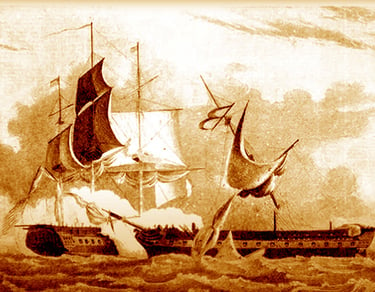
"Now, boys, pour it into them!"
"Not yet, sir," Hull responded, barely audible in his excitement. Then, leaning forward, Hull gave the command, "Now, boys, pour it into them!" It was said that in his fervour, Hull split his tight knee-breeches from waistband to buckle.
The Constitution's guns, loaded with round and grape shots, discharged simultaneously, wreaking havoc upon the enemy. The adversary's decks were awash, and blood flowed from the scuppers, the cockpit crowded with the wounded. In a matter of minutes, enveloped in smoke, they exchanged devastating blows at close range, leaving the English ship in tatters, its hull, spars, sails, and rigging torn apart.
As the mizzen-mast of the Englishmen gave way, the Constitution advanced slowly, firing once more. She luffed, turned short around the other’s bows, and, due to the heavy sea, became entangled with her opponent, the bowsprit crossing her larboard quarter. In this vulnerable position, Hull's cabin was set ablaze by the enemy’s forward battery, prompting part of the crew to divert from the guns to extinguish the impending fire.
Boarding attempts and repair
Both sides have now attempted to board. The British sailors, adhering to the traditional fighting style, bravely surged on deck at the call of "Boarders away!" The Americans prepared for a similar attempt, but three of their officers, mounting the taffrail, were shot by English muskets. The brave Lieutenant Bush of the Marines fell dead with a bullet in his brain.
The rocking and grinding of the massive ships against each other made boarding impractical. At this critical juncture, the Constitution's sails filled, and she pulled away, shooting ahead. Just as she cleared, the enemy's foremast collapsed, bringing down the wounded main mast. The once proud vessel, a few hours before, now lay as a helpless wreck, "rolling like a log in the trough of the sea, entirely at the mercy of the billows."
It was nearly seven o’clock, the sky had clouded over, the wind had strengthened, and the sea had grown heavy. Hull withdrew for repairs, re-rigged the ship, secured the masts, and, wearing ship, approached once again, prepared to deliver a final broadside. However, before the Constitution could fire, the enemy struck its flag, signalling the end of the battle.
Victory and consequences
A boat from the Constitution, bearing Lieutenant Read, rowed to the captured vessel. With "Captain Hull’s compliments," Read inquired if the enemy had struck her flag. Captain Dacres, displaying a sense of humour, confirmed that she had done so for very obvious reasons.
Quoting from Hull’s account, he stated, "After informing me that such a fine ship as the Guerrière, commanded by an able and experienced officer, had been totally dismasted and otherwise cut to pieces, you cannot doubt the gallantry and good conduct of the officers and ship’s company I have the honour to command."
In the Constitution, seven were killed and seven wounded, while in the Guerrière, fifteen were killed, sixty-two were wounded (including several officers and the captain, who was slightly wounded), and twenty-four were missing. The following day, due to reasons outlined in Hull’s report, the Guerrière was set ablaze and, at 3:15 in the afternoon, exploded. Thus ended the ship, whose commander had previously sought a tête-à-tête at sea with Captain Hull.
Legacy of Isaac Hull: a glorious naval figure
Isaac Hull, who had early earned the admiration of his countrymen, setting a high standard for American sailors, was born near the town of Derby, close to New Haven, Connecticut, in 1775. Though he joined the navy at the age of twenty-three, he had already undertaken eighteen voyages to various parts of Europe and the West Indies, experiencing numerous adventures and thrilling moments.
During the Tripolitan War before the War of 1812, Hull distinguished himself through fearlessness and self-reliance. His notable actions during the War of 1812 have been detailed extensively. Following the war with Great Britain, Commodore Hull commanded various stations in the Pacific and the Mediterranean, passing away on February 13, 1843. As described by John Frost in 1844, he was a "glorious old commodore, with a soul full of all noble aspirations for his country’s honour—a splendid relic of a departed epoch of naval renown. your text here...

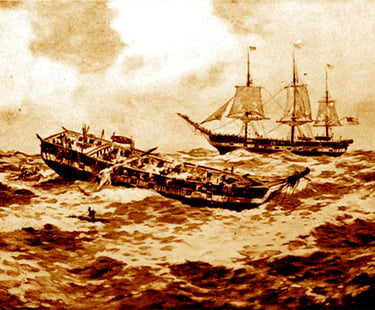
Wargaming the naval battles of 1812
There are some key players in the hobby that produce some excellent ship models. Here are three of the best that I currently know about.
Langton Miniatures: has a very extensive range of 1:200 and 1:300 scale ships including a very playable set of rules ‘Signal Close Action’. There are many other eras in this large range
Old Glory UK: have a good range of 1:300 scale ships ifor this period
Warlord Games: Under the heading of Black Sails’, we are offered yet another fine set of sailing vessels for this period but in a different scale, 1:700.
You can also pick up a few bargains directly from eBay right here.
My top rulesets for Napoleonic naval combats:
Action Under Sail. I have had a many a good game with these rules over the years. They give a good feel for the genre.
Kiss Me Hardy: This set of rules is designed for the age of sail but covers a broad period, making it suitable for the Napoleonic and War of 1812 eras. It provides a comprehensive system for ship-to-ship combat and fleet actions. Simple, straightforward and fun.
Signal Close Action: Developed by Langton Miniatures, these rules are well-regarded for their attention to detail and historical accuracy. They cover the Age of Sail and are suitable for Napoleonic naval warfare.
Form Line of Battle: This set of rules focuses on fleet actions during the Age of Sail, making it suitable for the Napoleonic and War of 1812 periods.
Battlemaps: Suitable naval battle maps can often be found here at a modest price. Land fortifications and buildings can be obtained at Langton Miniatures.

